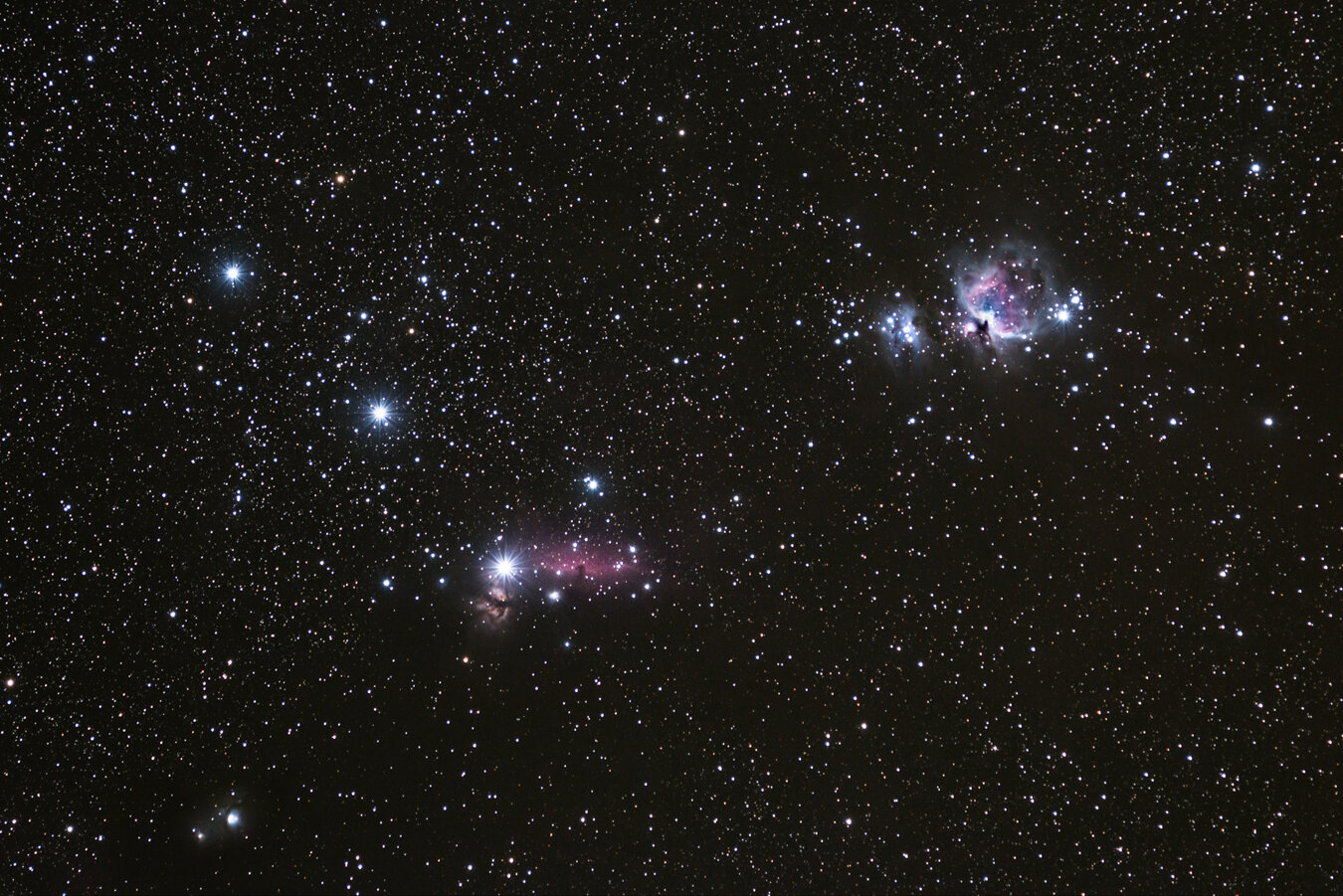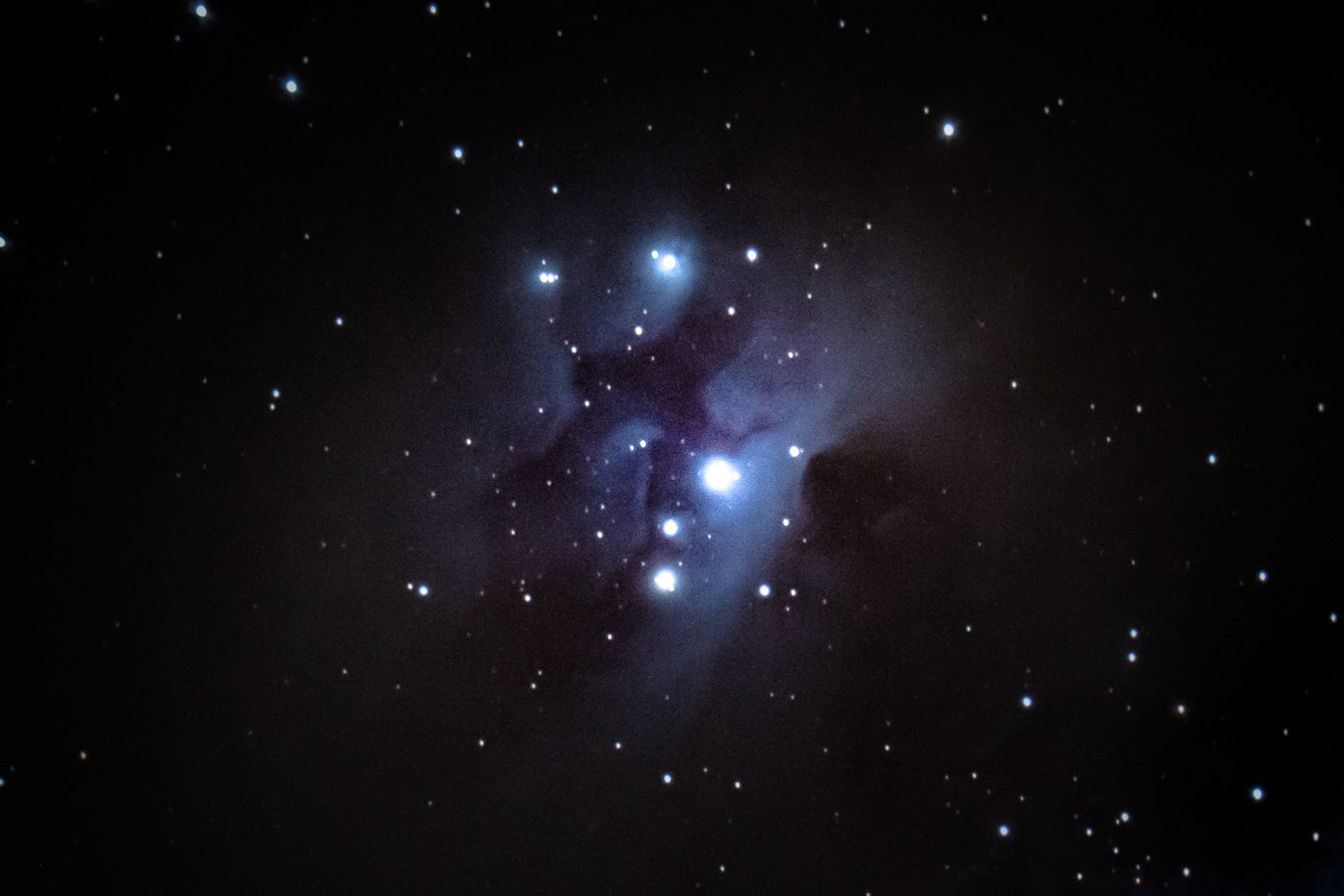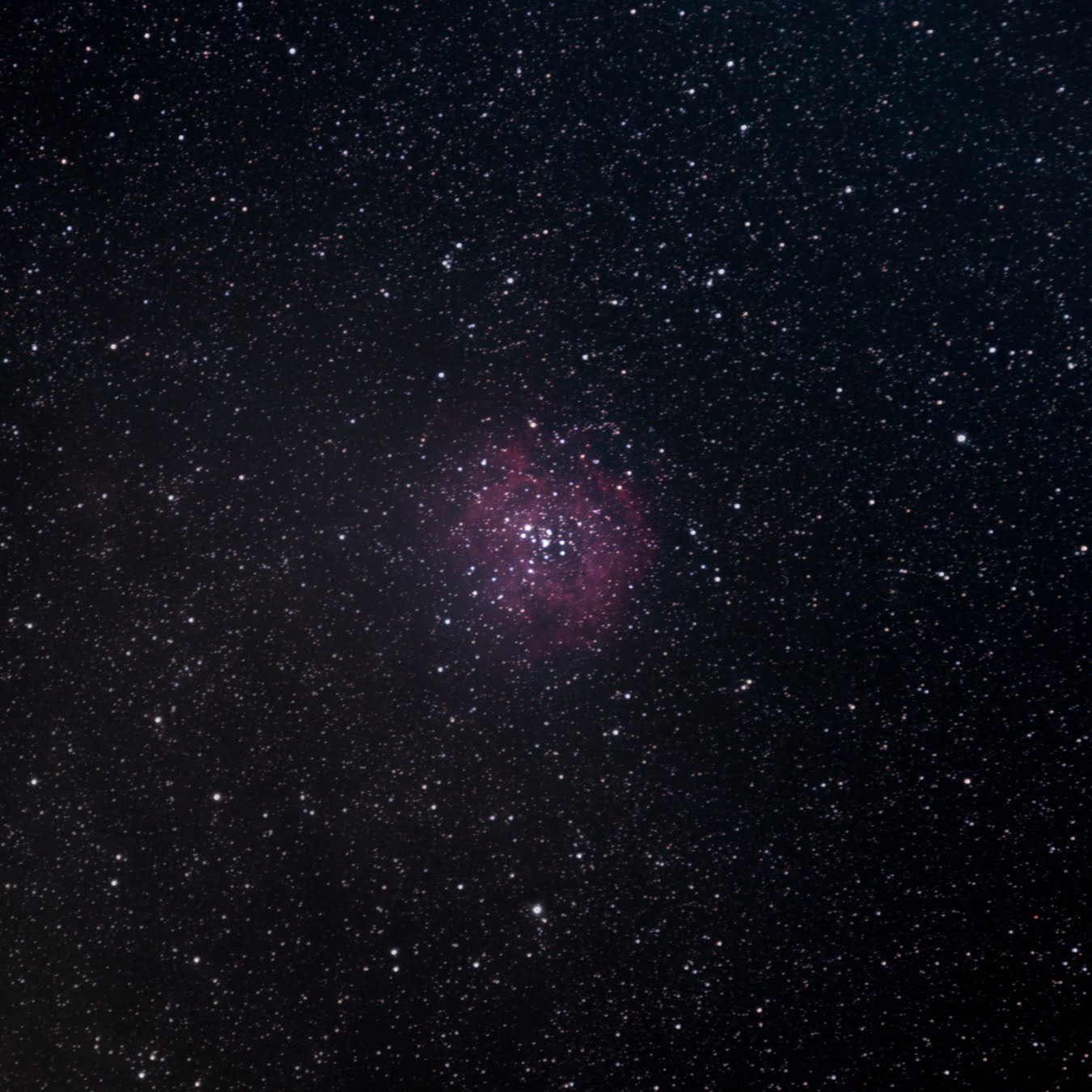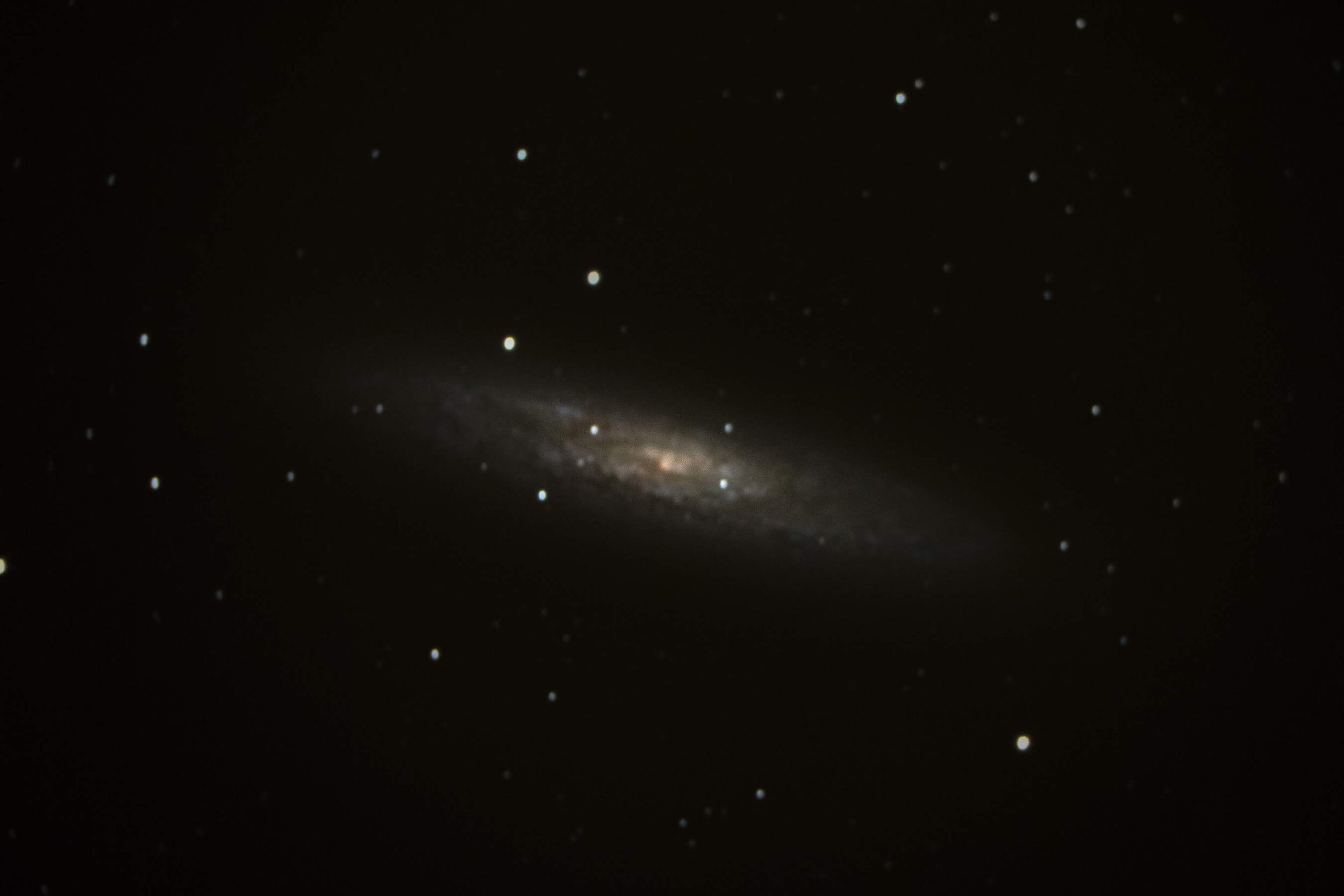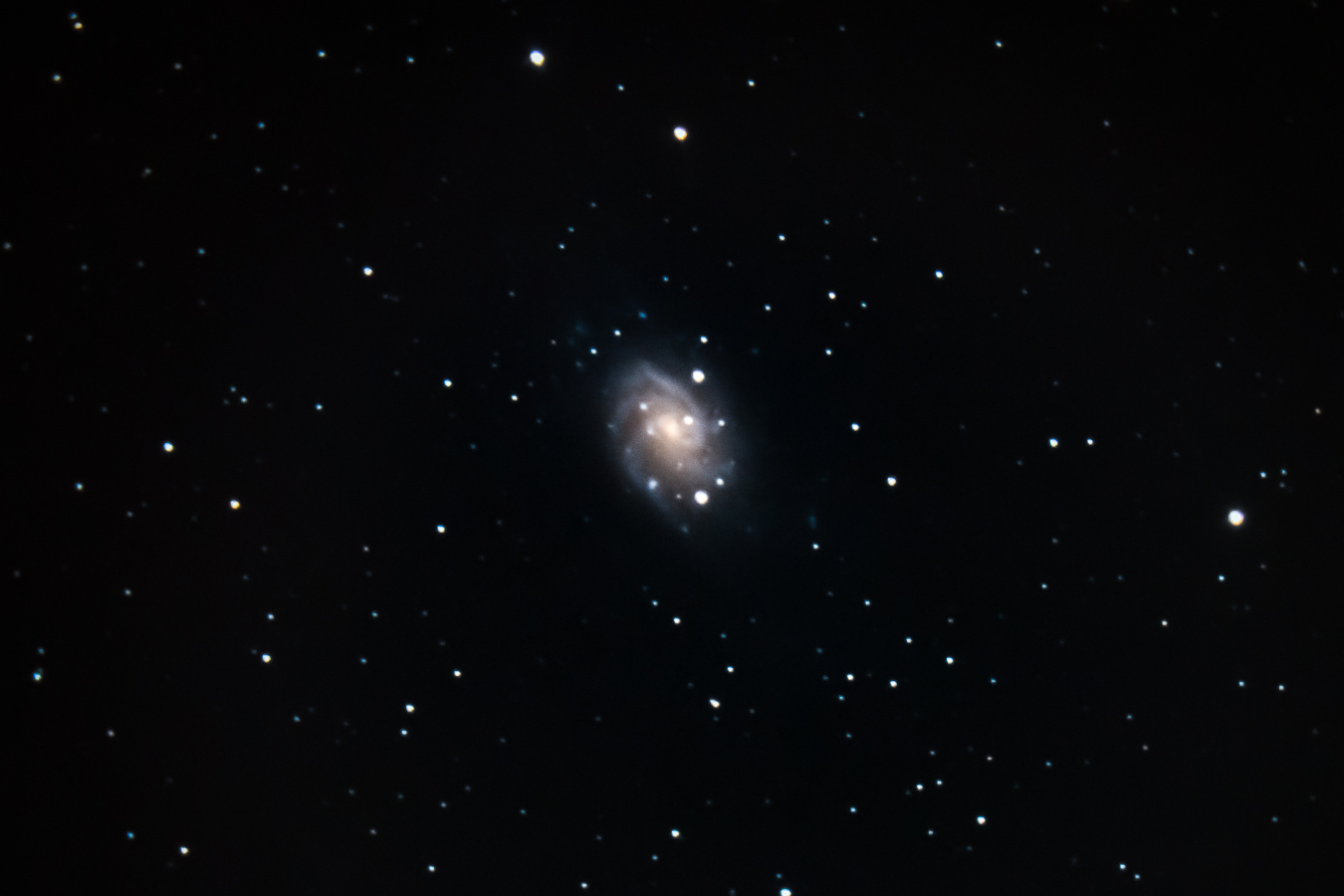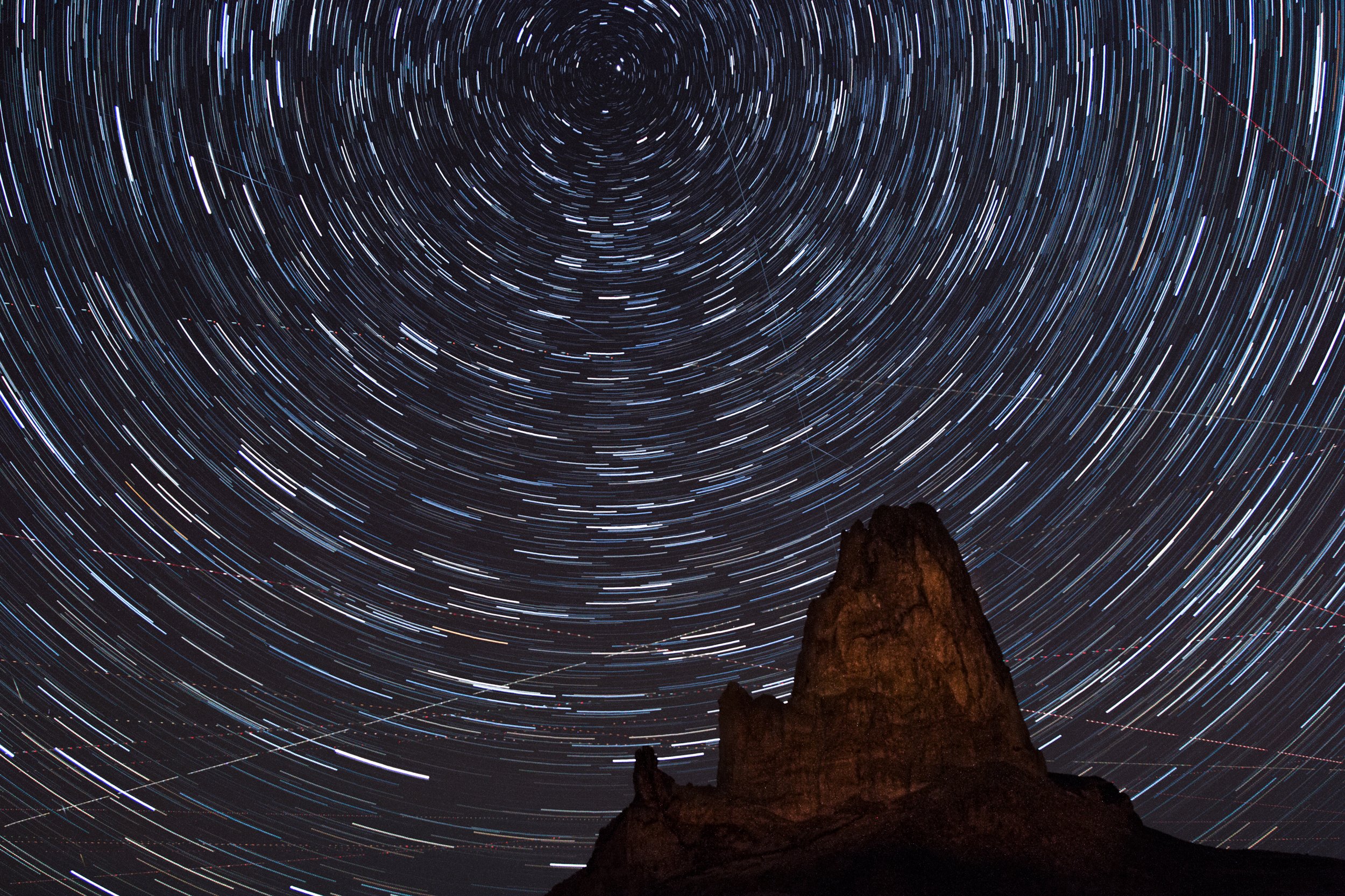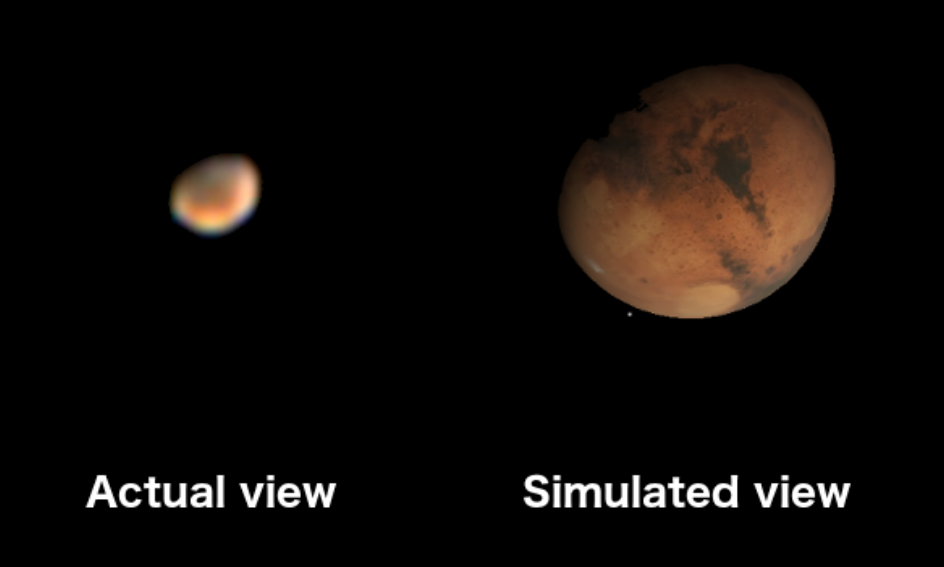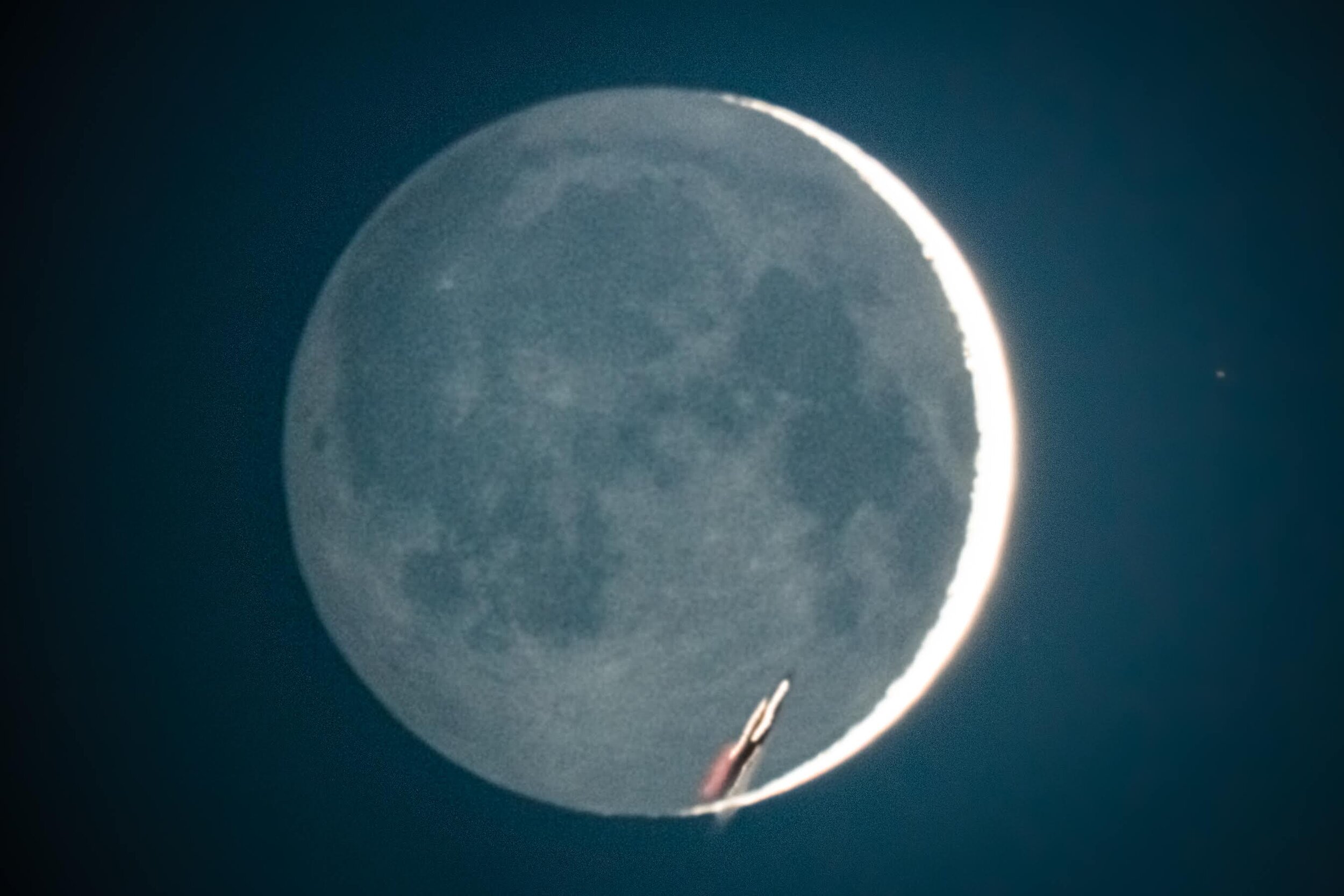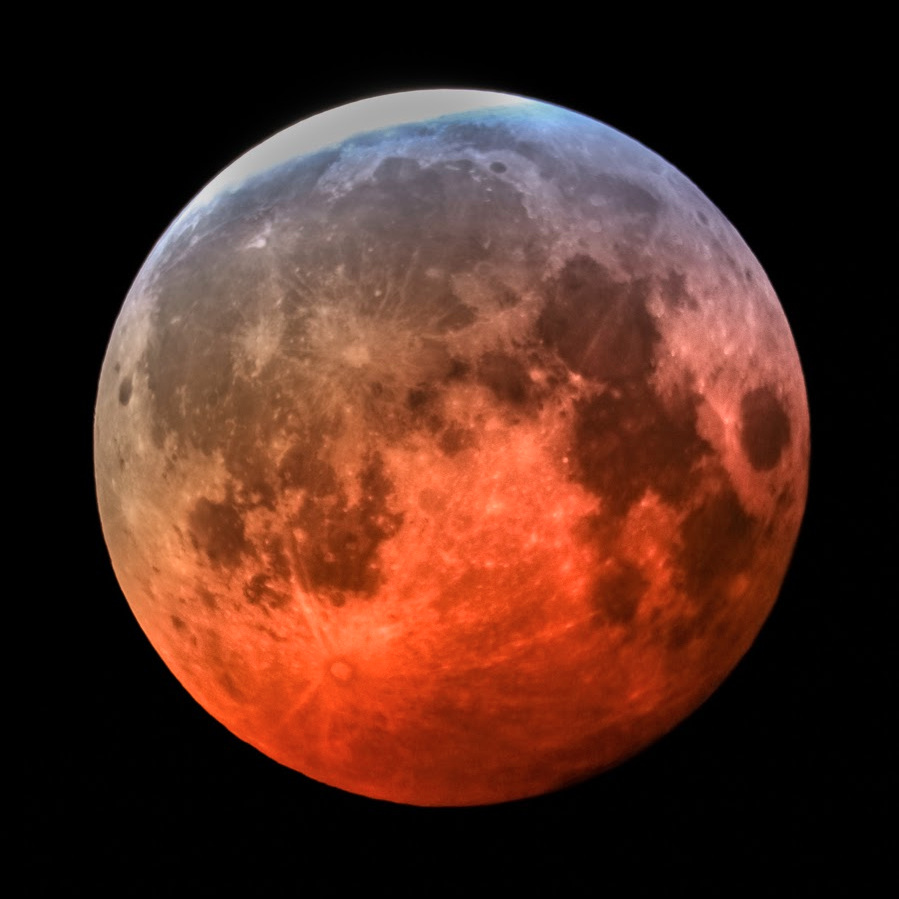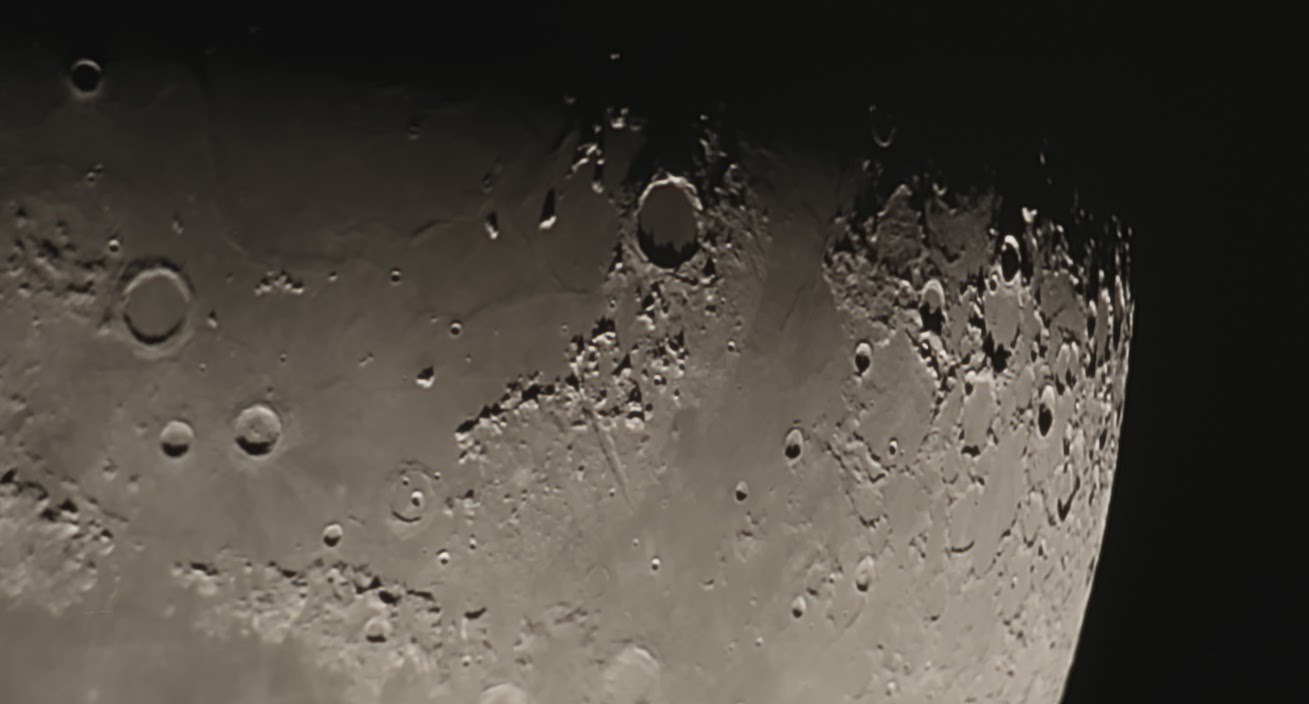Astrophotography
In his free time, Joel enjoys photographing planets, stars, nebulae, and galaxies. They’re not always the best images, but hey, it’s pretty cool that amateurs can even take this stuff!
Deep Sky
Milky Way in the direction of Cygnus and Cepheus
Orion and Horsehead Nebulae
Andromeda Galaxy
rho ophiuchi cloud complex
Cygnus region of the Milky Way and the North America Nebula
Orion Nebula
The Orion Nebula, imaged from the Nevada desert using a Celestron 8SE with focal length reducer and AX mount with Canon 70D
Running man nebula
NGC 1977, the “Running Man Neula”
Western Veil Nebula (supernova remnant)
Trifid and Lagoon Nebule
Rosette Nebula
Horsehead Nebula
This is my favorite nebula, the Horsehead Nebula, imaged from the Nevada desert. The quality is terrible, partly because the DSLR isn’t modded (i.e., the IR filter isn’t removed), but I love this nebula too much to really care about lousy quality. I stacked images taken using the DSLR piggybacking atop my editorially mounted telescope using the telephoto lens (i.e., the picture was not taken through the telescope, just used its mount to track the sky). You can also see the Flame Nebula in the bottom left corner next to the bright star Alnitak in Orion's belt. I love the Horsehead Nebula so much that when she was six years old, my mom cooked me a Horsehead Nebula birthday cake.
Trifid Nebula
Lagoon Nebula
Eagle Nebula
Galaxies
Triangulum Galaxy
M33, the Triangulum galaxy, imaged with my Celestron 8SE. You can even see one of this galaxy’s bright nebulae, NGC 604, towards the bottom left.
Pinwheel Galaxy (M101)
Whirlpool Galaxy (M51)
M51 the Whirlpool Galaxy, taken from the backyard in Tuebingen. Lots of trailing sadly, but still shows good detail.
Bode’s Galaxy (M81)
Galaxies M81 and M82 with Comet PANSTARRS
Andromeda Galaxy
Sculptor Galaxy
M61 with supernova SN 2020jfo
NGC 2403
NGC 2403, a spiral galaxy 8 million light years away in the obscure constellation Camelopardalis. When you view this image, you're looking 8 million years back in time. Captured with my Celestron 8SE telescope somewhere in nowhere between the towns of Santa Barbara and Santa Ynez the night of December 8 2018.
Star clusters
NGC 869
NGC 869, an open star cluster in Perseus. Imaged with focal length reducer on Celestrion 8SE.
The Pleiades
M45, the Pleiades or “Seven Sisters” star cluster in Taurus. Imaged with focal length reducer on Celestron 8SE.
M37
M37 is an open cluster 4,500 light years away in the constellation Auriga. You're looking at a single 30 second exposure taken out in the countryside between Santa Barbara and Santa Ynez. Telescope used was a Celestron 8SE with focal length reducer.
M34
M34, an open cluster in Perseus. Focal length reducer on Celestron 8SE.
Wide Angle
Star trails in Arches National Park, UTah
Star trails near Monument Valley, Arizona
Winter Milky Way and Orion from the Swiss Alps
Mt Whitney star trails
Orion
Star trails in joshua tree national park, California
Milky Way seen from Joshua Tree national park, California
Star trails in the Swiss alps
Milky Way over Lake Powell, Arizona
Milky Way over Mt. Whitney, california
Space X launch
Eastern sky, late autumn, Mojave desert, California
Starry sky over railroad tracks in the Mojave Desert.
Planetary imaging
The Solar System: top row, left to right, Mercury, Venus, Earth’s Moon, Mars, Ceres (dwarf planet); bottom row, Jupiter, Saturn, Uranus, Neptune, Pluto (dwarf planet)
Jupiter as opposition July 14, 2020
Transit of Io (a solar eclipse on Juputer)
Uranus and its four largest moons
Mercury and Venus
Venus
Mars
DSLR video frames stacked in Autostakkert!, sharpened in Registrax
Mars, the Red Planet, as imaged through my 8" Celestron telescope from Malibu in October 2018. The bright white dot at the bottom is the Martian southern polar ice cap, which contains a layer of dry ice (frozen CO2) caked over water ice. In fact, the southern polar cap contains roughly 50 percent the amount of water frozen in Greenland's ice sheet. Will humans living on Mars melt and drink this water one day?
Mars as it appeared on October 28, 2018 through my 8" Celestron telescope (left) compared with a simulated view showing finer details in the Starry Night software program (right). I took the left image out my living room window from the comfort of my apartment. Mars was positioned such that its phase appears much like a gibbous moon from Earth. If I'm reading my map correctly, the northern most dark area is Meridiani Planum (landing site of the Mars rover Opportunity) and smaller dark area to the south is Noachis Terra. The bright white spot at the Martian south pole is dry ice (frozen CO2) caked over a vast amount of water ice. Martian astronauts might one day use the resources from the Martian polar ice to sustain a colony.
Comets
Comet Neowise
Comet Neowise
Comet Neowise
Comet 46P/Wirtanen
Animated gif showing the motion of comet 46P/Wirtanen the night December 8, 2018.
Comet 46P/Wirtanen on December 8, 2018. Single exposure through my Celestron 8SE.
The moon
High dynamic range (HDR) composite
Third quarter waning moon (46% illuminated), imaged out my bedroom window the morning of July 25, 2019. Canon 70D with Celestron 8SE as lens.
High dynamic range (HDR) image of 2% waxing crescent moon. Image generated from stacked exposures taken with my Celestron 8SE with focal length reducer.
Another HDR composite
Color Saturated gibbous moon
Total lunar eclipse, January 20, 2019. This image was created from several frames taken through my Celestron 8SE at the end of totality as the Moon emerged from Earth’s shadow.
Lunar craters Aristarchus, Kepler, and Copernicus, imaged with a ZWO 224ACI camera and Celestron 8SE telescope.
Mare Imbrium through the Barlow lens of my Celestron 8SE. The prominent crater Plato can be seen top center. Camera: Canon 70D.
Annotated features on my moon images.
Lunar crater Plato falls into shadow as nightfall hits the waning moon. The quality is not the best—it was hard to get a good image along the terminator without high dynamic range. ZWO 224ASI camera.
The bright ray crater Kepler, as imaged with ZWO 224ASI camera the night of a 46% illuminated waning moon.
Tycho crater on the Moon (camera: Canon 70D)
22° halo, also known as a Moon halo or winter halo. Ice crystals in the atmosphere refract light to create this beautiful phenomenon. This halo image was taken the night of December 21, 2018.

